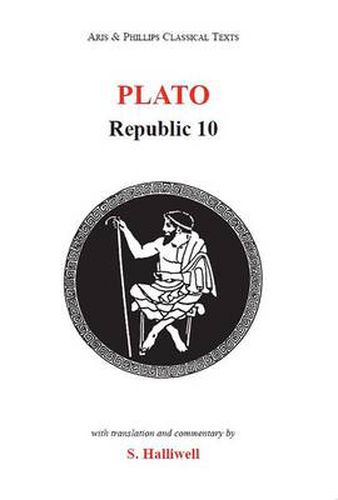Readings Newsletter
Become a Readings Member to make your shopping experience even easier.
Sign in or sign up for free!
You’re not far away from qualifying for FREE standard shipping within Australia
You’ve qualified for FREE standard shipping within Australia
The cart is loading…






This edition offers a full and up-to-date commentary on the last book of the Republic, and explores in particular detail the two main subjects of the book: Plato’s most famous and uncompromising condemnation of poetry and art, as vehicles of falsehood and purveyors of dangerous emotions, and the Myth of Er, which concludes the whole work with an allegorical vision of the soul’s immortality and of an eternally just world-order. The commentary gives careful and critical attention to the arguments deployed by Plato against poets and artists, relating them both to the philosopher’s larger ideas and to other Greek views of the subject. The sources and significance of the Myth of Er are fully studied. Among other topics, the Introduction places Republic 10 in the development of Plato’s work, and makes a fresh attempt to trace some of the influences of the book’s critique of art on later aesthetic thinking.
$9.00 standard shipping within Australia
FREE standard shipping within Australia for orders over $100.00
Express & International shipping calculated at checkout
This edition offers a full and up-to-date commentary on the last book of the Republic, and explores in particular detail the two main subjects of the book: Plato’s most famous and uncompromising condemnation of poetry and art, as vehicles of falsehood and purveyors of dangerous emotions, and the Myth of Er, which concludes the whole work with an allegorical vision of the soul’s immortality and of an eternally just world-order. The commentary gives careful and critical attention to the arguments deployed by Plato against poets and artists, relating them both to the philosopher’s larger ideas and to other Greek views of the subject. The sources and significance of the Myth of Er are fully studied. Among other topics, the Introduction places Republic 10 in the development of Plato’s work, and makes a fresh attempt to trace some of the influences of the book’s critique of art on later aesthetic thinking.